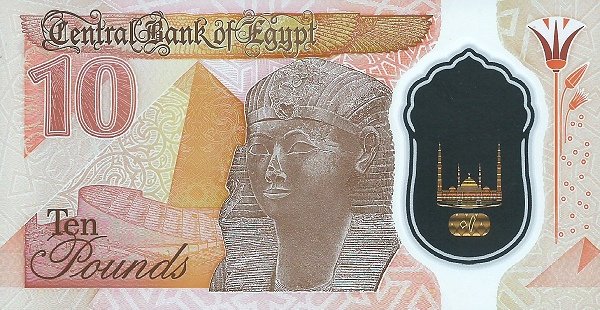Embarking on an exploration of Egypt’s currency delves deep into the economic narrative of this historic land, revealing layers of monetary history and contemporary financial dynamics. At the heart of Egypt’s monetary system is the Egyptian pound (EGP), a currency that serves as both a symbol of national identity and a cornerstone of economic stability.
The Egyptian pound, denoted by the symbol “E£” or “EGP,” stands as the official currency of Egypt, reflecting the country’s economic strength and resilience. Its origins trace back to the early 19th century when the Ottoman Empire introduced the piastre as the official currency in Egypt. However, with the advent of British colonial rule in the late 19th century, the Egyptian pound emerged as the primary unit of currency, a status it has retained to this day.
One of the defining features of the Egyptian pound is its distinctive banknotes, adorned with iconic imagery that reflects Egypt’s rich cultural heritage. From the majestic Sphinx to the legendary Queen Cleopatra, these banknotes serve not only as a medium of exchange but also as a testament to Egypt’s historical legacy. Each note tells a story, weaving together the threads of ancient history and modernity, making it a cherished symbol of national pride.
Managed by the Central Bank of Egypt (CBE), the Egyptian pound plays a crucial role in facilitating domestic and international trade, as well as maintaining monetary stability within the country. The CBE, established in 1961, serves as the primary regulatory authority responsible for formulating and implementing monetary policies aimed at safeguarding the value of the Egyptian pound and promoting economic growth.
In recent years, Egypt has embarked on ambitious economic reforms aimed at bolstering its currency and attracting foreign investment. These reforms have included measures such as floating the Egyptian pound in 2016, which allowed its value to be determined by market forces. While this move initially led to a depreciation of the pound against major foreign currencies, it ultimately helped to enhance Egypt’s export competitiveness and boost economic growth.
As of the current exchange rate, 48 Egyptian pound (EGP) is equivalent to approximately 1.00 USD. This reflects the ongoing fluctuations in the global currency market and the efforts of Egyptian authorities to maintain stability amidst economic challenges.
Beyond its economic significance, the Egyptian pound holds a special place in the hearts and minds of the Egyptian people. It is not merely a unit of currency but a tangible expression of national identity and pride. From bustling markets in Cairo to ancient bazaars in Luxor, the Egyptian pound facilitates daily transactions and serves as a symbol of solidarity among Egyptians from all walks of life.
As Egypt continues to chart its course in the global economy, the Egyptian pound remains a steadfast anchor, embodying the resilience, ingenuity, and aspirations of the Egyptian people. With its rich history, vibrant culture, and promising future, Egypt’s currency stands as a testament to the enduring spirit of this remarkable nation.


0 Comment